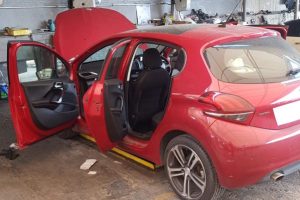What comes to your mind when we say Vintage Cars? A pure classic that has gone down in the history books? One owned by your forefathers? Or one that embraces the beauty in its skin? Let’s admit it, we all love vintage cars and wish to have at least one classic beauty parked in our garage. While these cars have the looks, they lack some of the basic safety systems that cars now have.
Car technology has evolved over the years with various safety features being included in our automobiles, to prevent damages even before they could occur. This is why we have created a list of safety systems that have been installed in your car to keep you safe.
Here are 7 Car Safety technology that is keeping you safe:
1. Airbags
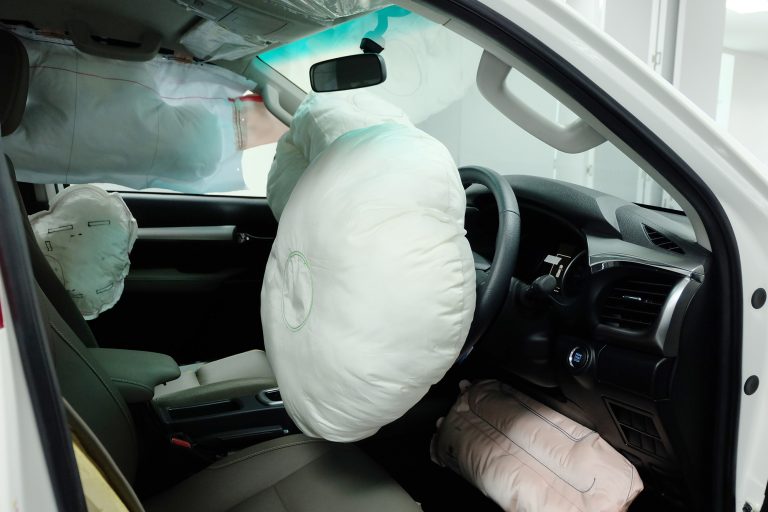
Airbags were introduced in the year 1973 and were designed to inflate within 40 milliseconds from the time of impact. Initially, when they were introduced, people had to get the Airbags installed as an additional accessory. It was in the year 1990 that Mercedes, Ford, and Volvo became the brands to have Airbags installed in all of their vehicles, and today, the list is exhaustive.
Airbags were first installed only in the steering wheel and dashboard and then eventually installed for other passenger seats as well.
2. Antilock Braking System (ABS)
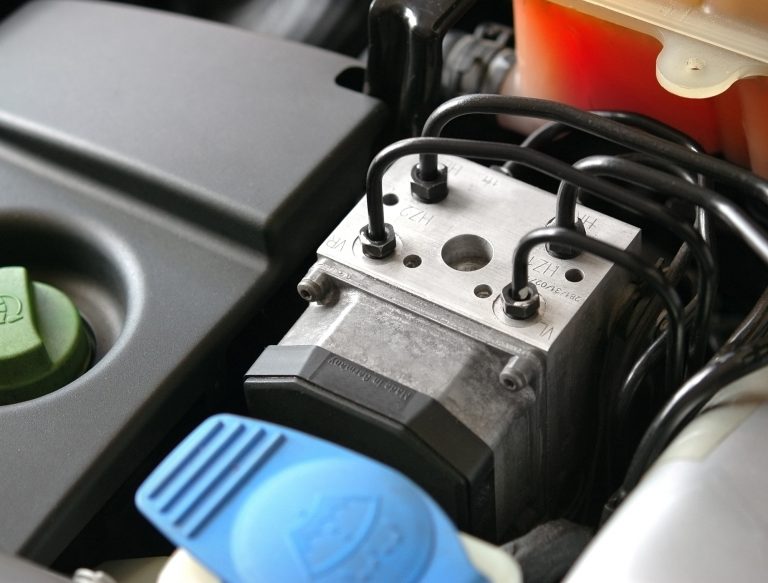
Before the Antilock Braking System (ABS) was introduced, the wheels of the car would just lock during hard braking. This resulted in sliding tires which made steering impossible, especially on wet surfaces. ABS uses sensors on each wheel to maximize braking action and eventually avoids the wheels from locking. What does this mean? You can now hard brake while having complete steering control to maneuver around obstacles if necessary.
3. Traction Control
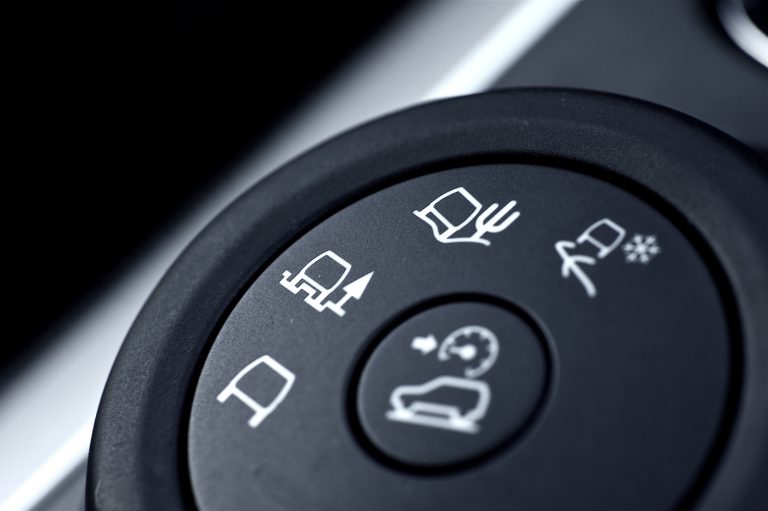
The idea behind introducing the Traction Control System in cars was to improve stability when you accelerate. This system automatically adjusts the engine power output without losing steering control giving you a better grip of the road. Earlier, the vehicles would lose their stability due to the difference in traction that drives each wheel. This would result in the car slipping/skidding and the amount of skid/slip would vary depending on the surface.
The traction control system is designed to reduce this slip/skid even when excess power is applied. Traction Control Systems are generally found in four-wheel drive vehicles.
4. Four-Wheel Drive

Initially, the engine would only drive the front or rear wheels of the vehicles – putting the entire load of the engine on just two wheels, resulting in minimal traction. Four-wheel drive was designed to distribute the power of the engine equally on all four wheels to maximize traction. Four-wheel drive also prevents the wheels from slipping even when you apply excess power, giving you more control of your machine. Another added advantage of having a four-wheel drive is that it is suitable for almost every weather condition, unlike a two-wheel drive.
5. Parking Sensors
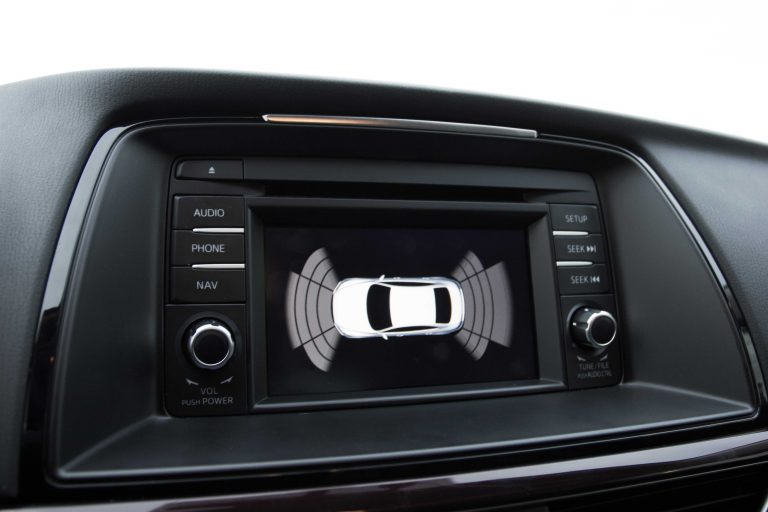
Driving a car is easier than actually parking it right, especially when it comes to parallel parking. And to assist people with parking their cars right without any mishaps, a parking sensor was introduced. This device comes with electromagnetic or ultrasonic sensors that are installed in the front and rear bumper to signal the driver if there is any obstacle in the way. These sensors were introduced during the 1970s and have been simplifying parking since then.
6. Automatic Braking System
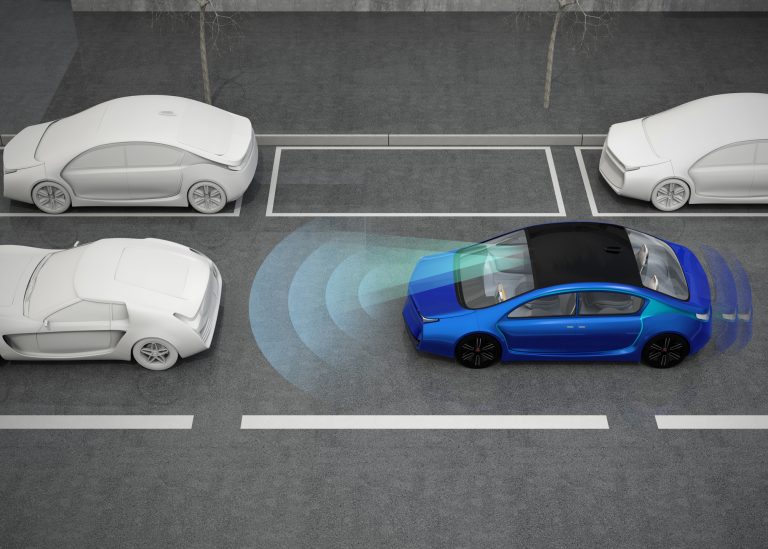
This is one of the most recent innovations that are now driving our everyday lives. The Automatic Braking System combines sensors along with brake controls to avoid collisions. There are some systems that can avoid collisions at even high speeds, but some are designed just to slow the vehicle down. These sensors can activate the brake systems without any driver input. If the sensor detects an object in close proximity, the system automatically judges the speed of the car and brakes to avoid a collision.
Right now, the systems are so advanced that if your car is GPS equipped, the system can even know the color of the traffic light and brake in case the driver doesn’t stop in time.
7. Quality Check
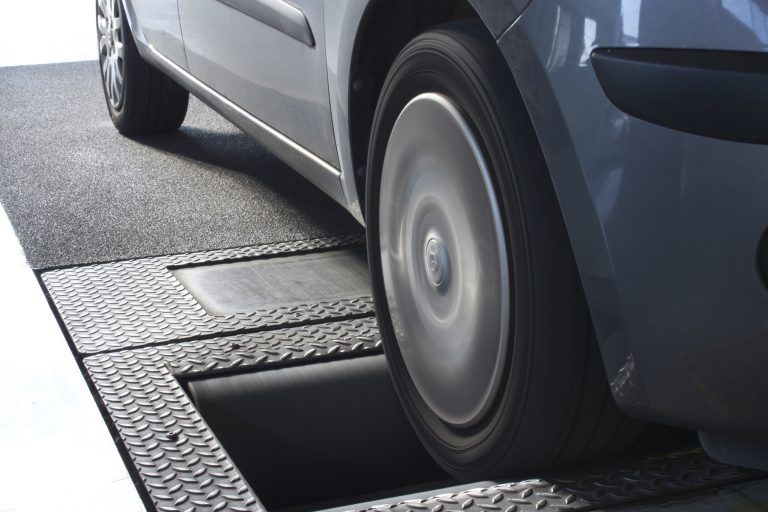
In the earlier days of the car, one would just get into it and drive it without even bothering about how safe or unsafe it was. To be honest, the cars manufactured earlier were more unsafe than imaginable. Cars today come with state-of-the-art technology and are considered to be more complex and sophisticated. Every car goes through various rounds of testing before it actually hit the roads. Each of these safety devices is installed to make your driving more relaxed and stress-free.
The automobile industry is transforming itself to keep you safe, but no amount of transformation is enough if you, the driver, are not cautious. You must always drive according to the rules and regulations stated by the law to be safe – irrespective of the safety features your car has. Always wear your seatbelts, drive within the speed limit, keep to your lane and if you change lanes, use your indicators and have a safe drive every time.
For more information on car safety and reliable car service and car repair, visit our website at www.carcility.com. Your safety on the road is our priority.




